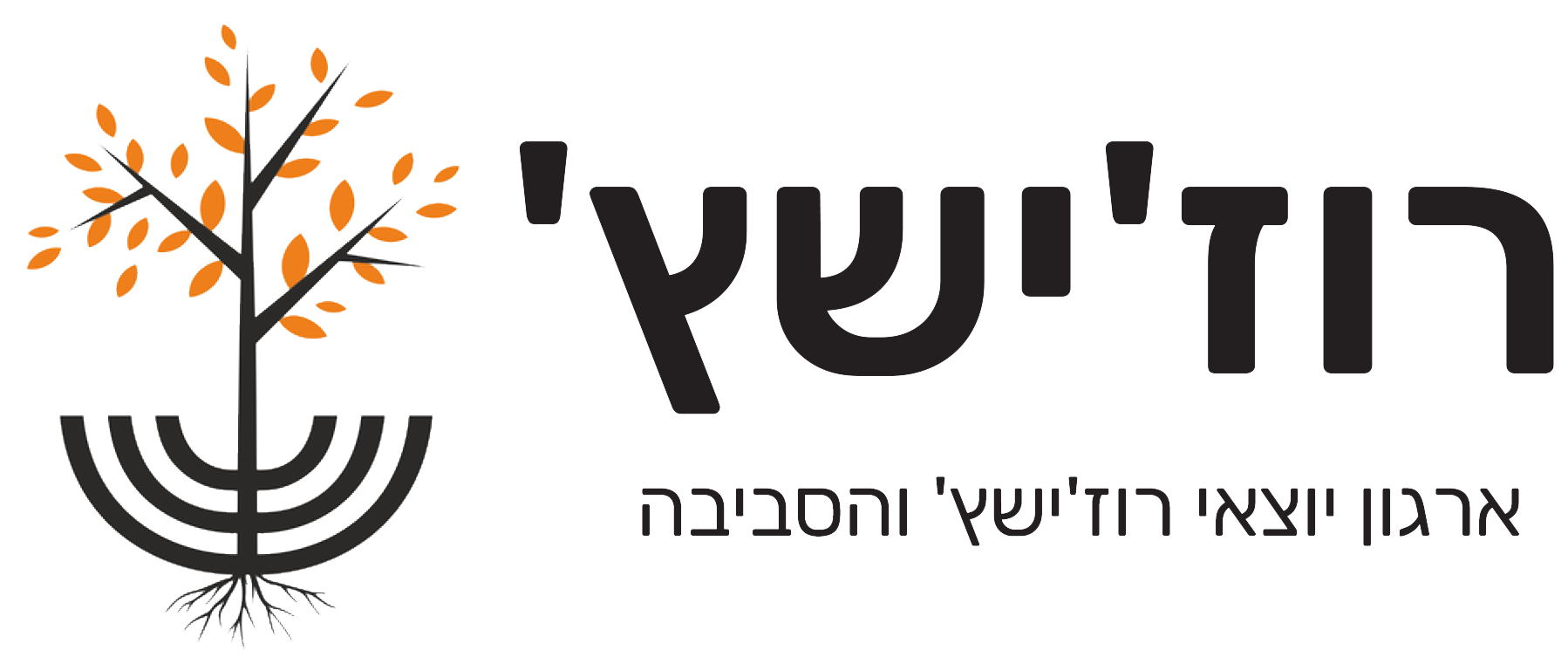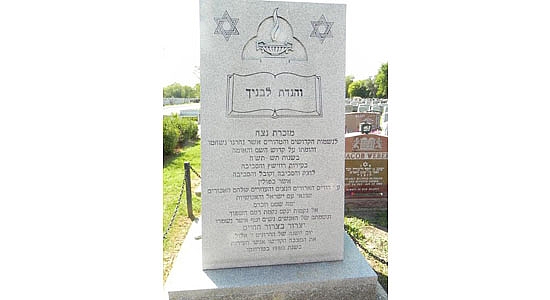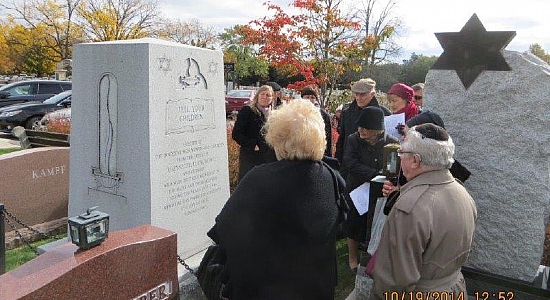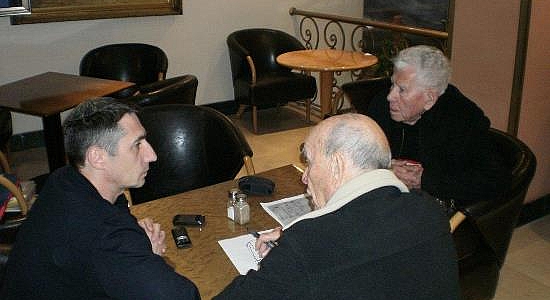ארגון יוצאי רוז'ישץ' והסביבה
ברוכים הבאים לאתר האינטרנט של ארגון יוצאי רוז'ישץ' והסביבה ובני דור ההמשך. ביום י' באלול תש"ב, 1942, השמידו הנאצים את כל תושביה היהודים של רוז'ישץ', השוכנת בחבל ווהלין שבאוקראינה, ולעבר היהודי המפואר של העיירה לא נותר זכר. אתר זה הוקם במטרה להנציח את זכרם של הנספים, וכדי לשמש מקור מידע לדורות ההמשך, ובית ומרכז לפעילות הארגון.






